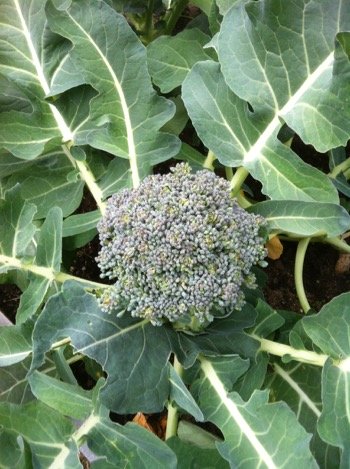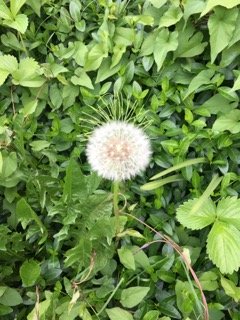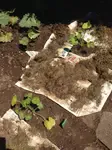Planting by Moon Cycles Works!

Planting by moon cycles is a bio dynamic principle that give you vegetable gardening planting times.
Ancient gardeners noticed that when they planted seeds at certain times during the month they grew better than other times. Through trial and error they found out that the stages of the moon seemed to affect how their plants grew.
Lunar gardening is based on the moon's gravitational effect on the flow of moisture in the soil and plants.
Many people believe that planting by the phases of the moon gives you larger and tastier vegetables. I have been gardening this way for the past 15 years truly believe this.
I have done tests where I have planted 2 rows of broccoli, one during the waxing of the moon the other on the waning of the moon. The row planted during the waxing of the moon grew larger, healthier and pest free.
Planting by moon cycles info:
- First Quarter (Waxing Moon)
Plant vegetables that produce above ground leafy parts and produce seeds outside of themselves. Some of these vegetables are spinach, lettuce, cabbage, and broccoli. - Second Quarter(Waxing Moon)
Plant above ground producing vegetables that produce seeds inside such as beans, peas, tomatoes, and squash. - Third Quarter (Waning Moon)
Plant your root crops such as onions, potatoes, beets and carrots. - Fourth Quarter (Waning Moon)
This is the best time to cultivate, weed, and to turn your compost
 Broccoli
BroccoliMany years ago I did a test to see if there was any real validity to planting by the moon. I planted two 50 foot rows of broccoli transplants, one row on a best date based on the moon and the other row not on a good day.
Within a week we could see the difference in how the transplants had grown. When we harvested the broccoli the row planted with the best date based on the moon cycles produced double to what the other row produced.
This proved to me that planting this method made a difference and I have planted all my vegetables this way every since.
Phenology - the study of cyclic and seasonal natural phenomena, especially in relation to climate and plant and animal life - is another way for centuries gardeners have been planting their gardens.

- Plant peas when forsythias bloom.
- Plant potatoes when the first dandelions bloom.
- Plant onions when red maples bloom.
- Plant beets, carrots, broccoli, brussels sprouts, collards, lettuce and spinach when lilacs are in first leaf and dandelions are in full bloom.
- Plant corn when oak leaves are about 1/2 inch in diameter, or when apple blossoms fade and fall.
- Plant bean, cucumber and squash seeds when lilacs are in full bloom.
- Plant tomatoes when lilies-of-the-valley are in full bloom.
- Transplant eggplants and peppers when bearded irises bloom.
Return from Planting by Moon Cycles to Vegetable Gardening Tips
Return to homepage
Recent Articles
-
Organic Gardening soil amendments - List of material?
Aug 09, 25 10:57 AM
What materials are best used as organic gardening soil amendments? -
Tips for disease control in your vegetable garden
Jul 14, 25 11:15 AM
Easy tips for disease control to keep your vegetable growing its best. -
Joy of vegetable Gardening
Jul 14, 25 11:01 AM
Everything you need to know is right here to have Joy of Vegetable Gardening





